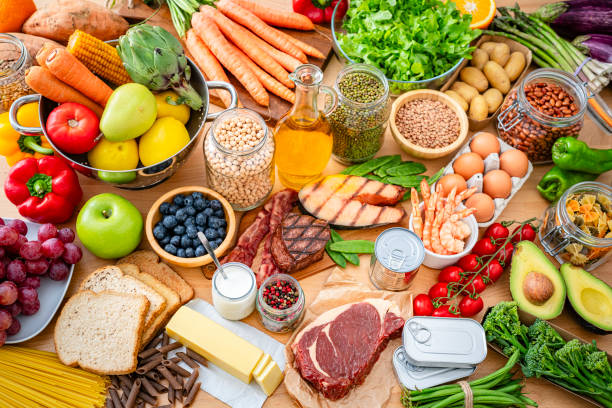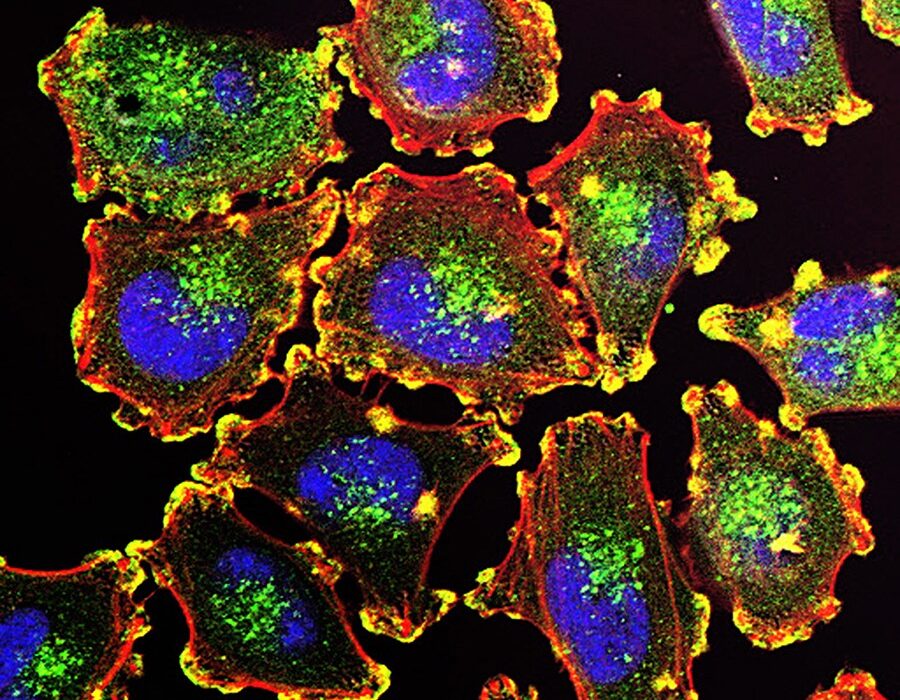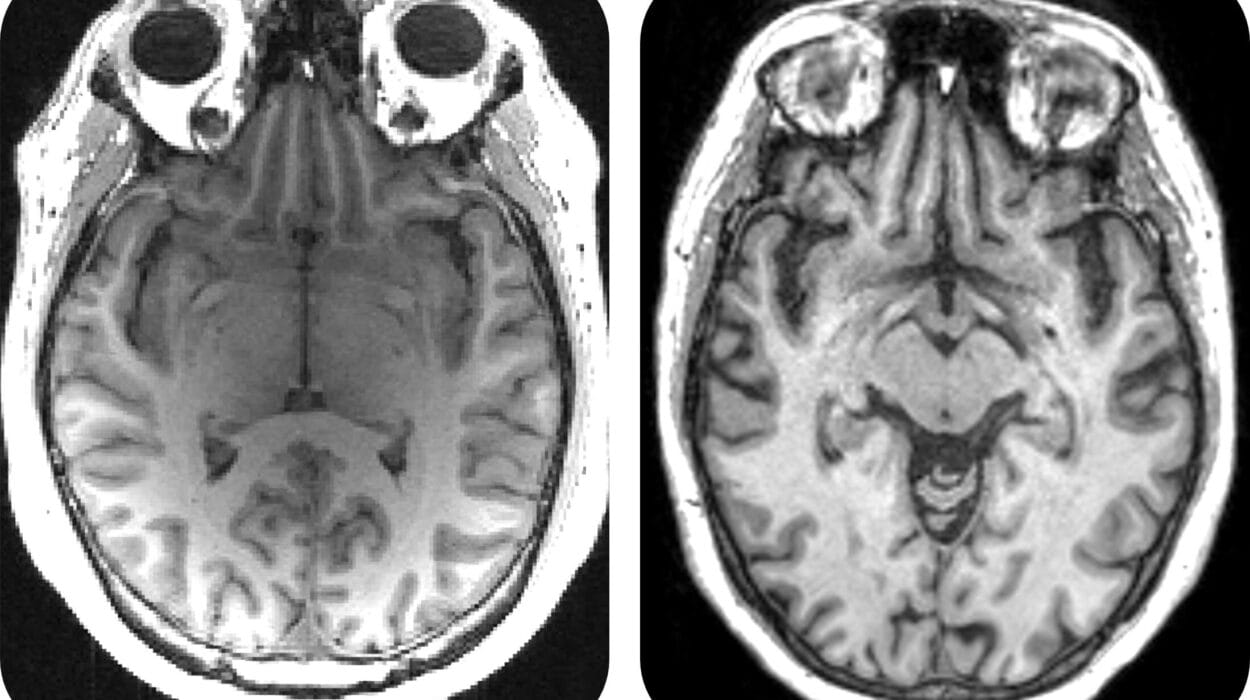Iron is one of those minerals that quietly keeps the entire machine of your body running. It’s not flashy. It doesn’t get the spotlight like vitamin C in orange juice commercials or calcium in dairy ads. But iron is the foundation of energy, focus, physical strength, fertility, and even emotional balance—especially for women. And the way it affects women’s health is both profound and complex. The story of iron in a woman’s body is not just one of biology but one of resilience, vulnerability, and power.
From adolescence to menopause and beyond, a woman’s relationship with iron shifts dramatically. It dips and spikes depending on life stages, menstrual cycles, pregnancies, and dietary habits. But whether it’s quietly enabling oxygen transport or causing bone-deep exhaustion when it’s lacking, iron deserves far more attention in the conversation about women’s health.
Why Women Need More Iron Than Men
At first glance, the daily iron requirement for women looks unfair: adult women need nearly twice the amount that adult men do. That’s because menstruation causes women to lose blood regularly, and with it, iron. Each menstrual cycle can cost the body anywhere from 30 to 70 milligrams of iron. Over time, those losses can lead to depletion, especially in women with heavier periods or irregular eating habits.
But menstruation is just the beginning. Iron needs surge even more during pregnancy because the body must produce extra blood to support both mother and baby. Without sufficient iron, the risks skyrocket—not just fatigue, but complications like low birth weight, preterm delivery, and impaired brain development in the fetus. Even breastfeeding mothers, while no longer menstruating, need to rebuild their iron stores and continue supplying nutrients to their baby through milk.
This constant demand places women at a higher risk for iron deficiency, and it means that iron isn’t just a nutrient—it’s a lifeline.
The Machinery Behind Iron’s Magic
So what exactly does iron do? In simple terms, iron is a key ingredient in hemoglobin, the protein in red blood cells that carries oxygen from the lungs to every tissue in the body. Without iron, your body can’t make enough healthy red blood cells. And if your tissues don’t get the oxygen they need, everything slows down—your muscles tire faster, your brain gets foggy, and even your immune system weakens.
But iron doesn’t stop at oxygen transport. It plays a crucial role in producing collagen, maintaining skin and hair health, regulating body temperature, synthesizing neurotransmitters, and supporting thyroid function. It’s a master multitasker. Iron also supports enzymes that help cells produce energy from nutrients, which means it’s deeply embedded in your metabolism.
What’s fascinating is how finely tuned the body is when it comes to iron regulation. We absorb iron through our diet and lose only small amounts daily—through sweat, urine, or shedding skin. But for women, monthly blood loss upends that balance. This makes iron both essential and precariously easy to lose, turning what should be a silent supporter into a potential health hazard when levels fall too low.
The Symptoms No One Tells You Are Iron Deficiency
Most people know that iron deficiency causes tiredness. But what they don’t often realize is the depth of that fatigue. It’s not just feeling sleepy—it’s the kind of exhaustion that seeps into your bones, makes climbing stairs feel like a marathon, and renders simple daily tasks overwhelmingly difficult. And yet, this profound tiredness is often brushed off as stress, parenting demands, or just being “busy.”
Iron deficiency doesn’t always present as anemia right away. You can have low iron stores and still appear to have normal hemoglobin levels—what’s called latent iron deficiency. And yet, even at this stage, symptoms can erupt. Women may experience brain fog, shortness of breath, headaches, irritability, cold intolerance, restless legs at night, and brittle nails. Some even develop pica, a craving to eat non-food items like ice, chalk, or dirt—a bizarre but well-documented sign of iron depletion.
Hair thinning is another silent signal. Many women who notice increased hair shedding may actually be suffering from low iron, especially if their ferritin levels—the stored form of iron—are below optimal. And unlike anemia, which shows up in a standard blood test, ferritin is not routinely checked unless specifically requested.
The subtlety of these symptoms is what makes iron deficiency so insidious. You can feel like a shadow of yourself and not know why, especially when doctors dismiss your complaints as stress-related or hormonal without checking your iron levels.
Iron and Women’s Mental Health
Perhaps one of the most underappreciated connections in modern medicine is between iron levels and mental health. Women are nearly twice as likely as men to suffer from depression and anxiety—and iron deficiency may be a hidden contributor. That’s because iron is essential in synthesizing neurotransmitters like dopamine, serotonin, and norepinephrine, which regulate mood, attention, and emotional stability.
Low iron has been linked to poor concentration, decreased motivation, and even panic attacks. In postpartum women, iron deficiency has been associated with higher rates of depression, yet iron testing is not always part of routine postpartum care. The emotional unraveling that so many new mothers experience may not be purely hormonal—it might be rooted in depleted iron stores.
Restoring iron can be transformative. Women often report dramatic improvements in mood, clarity, and energy once their iron levels return to normal. It’s as though someone turned the lights back on in their brain. And while it’s not a cure-all for mental health struggles, it’s a foundational piece that shouldn’t be overlooked.
Iron in the Teenage Years
Adolescence marks the beginning of menstruation and a dramatic spike in iron needs. Teenage girls are particularly vulnerable to iron deficiency because they’re growing rapidly, often experimenting with restrictive diets, and beginning their menstrual cycles—all at once.
This combination makes iron essential not just for energy, but for academic performance, athletic stamina, and emotional regulation. A teenager who’s always tired, struggling in school, or unusually irritable might be wrestling with low iron and not even know it.
Because this phase of life often involves body image concerns, many teen girls limit red meat, skip meals, or follow plant-based diets without fully understanding the nutritional implications. If not guided appropriately, these habits can spiral into long-term deficiencies.
Providing proper education about the importance of iron, encouraging a balanced diet, and incorporating routine screening during puberty could be a game-changer in preventing chronic fatigue and cognitive struggles in young women.
Pregnancy and the Iron Marathon
Pregnancy is a time of miraculous transformation—and iron is at the heart of that process. A woman’s blood volume increases by nearly 50% during pregnancy to support the placenta, the growing fetus, and her own expanding tissues. That means she needs far more iron than usual—about 27 mg per day, compared to the standard 18 mg.
Iron fuels the production of extra red blood cells, which carry oxygen to the baby’s developing organs. It also supports the baby’s brain growth, especially during the third trimester, when iron transfer from mother to fetus peaks. If a pregnant woman doesn’t have enough iron, her baby could be born with low birth weight or developmental delays.
But the mother also pays a price. Low iron during pregnancy increases the risk of preterm delivery, infection, and postpartum depression. It can even lead to excessive blood loss during childbirth, compounding the iron deficiency further.
Despite these risks, many prenatal vitamins don’t contain enough iron, or women are unable to tolerate high-iron supplements due to gastrointestinal side effects like constipation or nausea. The result is a delicate balancing act—one that needs close monitoring, personalized care, and nutritional support that goes beyond a one-size-fits-all prenatal vitamin.
Iron and Fertility
Iron’s role in fertility is an area that’s gaining increasing attention. Studies have shown that women with adequate iron intake are less likely to experience ovulatory infertility. Iron helps support the maturation of ovarian follicles and stabilizes hormonal rhythms. Deficiency, on the other hand, can disrupt the delicate interplay of estrogen, progesterone, and luteinizing hormone—making it harder to conceive.
Moreover, repeated miscarriages have been associated with poor iron status, especially when ferritin levels are low. Though not always the sole cause, iron may be an important factor in the complex equation of conception and healthy pregnancy.
For women undergoing fertility treatments or trying to conceive later in life, checking and optimizing iron levels is a step that can increase both the chances of conception and the health of the pregnancy. It’s a piece of the fertility puzzle that is often missed but deserves center stage.
Iron and Menopause: A Turning Point
As women transition into menopause, their iron needs change dramatically. With the end of menstruation comes the end of monthly iron losses, and for the first time in decades, women’s iron requirements drop to about 8 mg per day—the same as men.
But this doesn’t mean the relationship with iron ends. In fact, postmenopausal women face the opposite challenge: iron overload. Especially in those who continue high iron supplementation out of habit, excess iron can accumulate in tissues and organs, contributing to oxidative stress and increasing the risk of conditions like cardiovascular disease and liver damage.
Yet, some women continue to have low ferritin post-menopause, particularly if they had long-standing deficiency or chronic illnesses that interfere with absorption. The key in these years is balance—not too little, not too much. Routine testing can help ensure iron remains in the healthy range and that other causes of fatigue or cognitive decline aren’t being mistaken for iron-related problems.
Food, Supplements, and Absorption: Getting It Right
Not all iron is created equal. There are two main types: heme iron, found in animal sources like red meat, poultry, and fish; and non-heme iron, found in plant sources like beans, lentils, tofu, spinach, and fortified cereals. Heme iron is more easily absorbed by the body, while non-heme iron is more dependent on other dietary factors.
For women who follow plant-based diets, iron absorption can be tricky. Certain compounds like phytates (in whole grains), calcium, and even tea or coffee can inhibit non-heme iron absorption. On the other hand, vitamin C—found in citrus fruits, tomatoes, and bell peppers—can dramatically boost absorption when eaten in the same meal.
When diet isn’t enough, supplements become necessary. But they’re not without their challenges. Traditional iron supplements, such as ferrous sulfate, often cause stomach upset, leading many women to stop taking them. Newer forms like ferrous bisglycinate or liquid iron offer gentler options. Still, supplementation should be guided by lab results, not guesswork, as both deficiency and excess carry risks.
The Bigger Picture: Testing, Advocacy, and Awareness
The conversation around iron in women’s health needs a paradigm shift. Too often, women with classic symptoms of iron deficiency are dismissed or offered only superficial solutions. Comprehensive testing—including hemoglobin, ferritin, total iron-binding capacity, and transferrin saturation—should be a standard part of health check-ups, especially for menstruating women, pregnant women, and those with chronic fatigue.
Self-advocacy plays a powerful role here. Understanding your own iron needs, tracking your symptoms, asking for the right tests, and seeking second opinions when necessary can make a world of difference. Women should be empowered to view iron as not just a nutrient, but a foundational element of their well-being.
A Mineral of Strength and Story
Iron is more than a mineral. It’s woven into the fabric of female physiology, etched into every stage of womanhood—from the first period to the last breath. It powers our cells, our brains, our dreams. It influences whether we show up in the world vibrant and focused or dragging ourselves through days that feel heavier than they should.
To understand iron is to understand a vital part of what it means to be a woman. And to prioritize iron health is not just an act of self-care—it’s a radical commitment to thriving.






